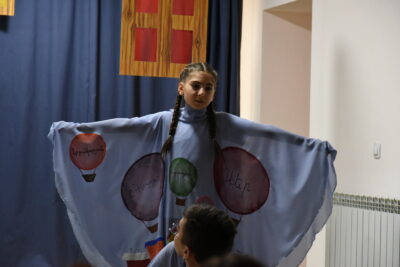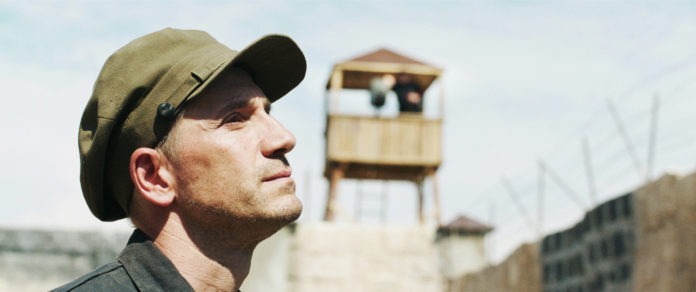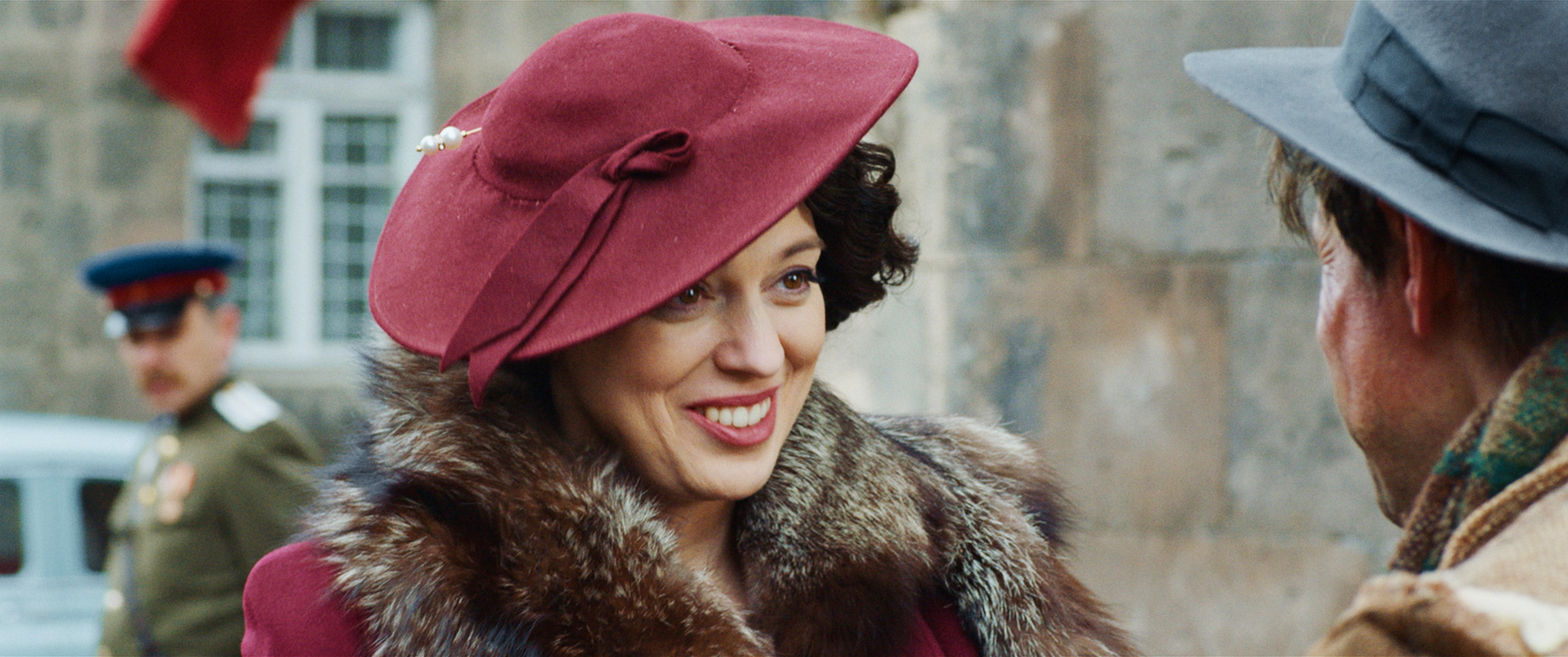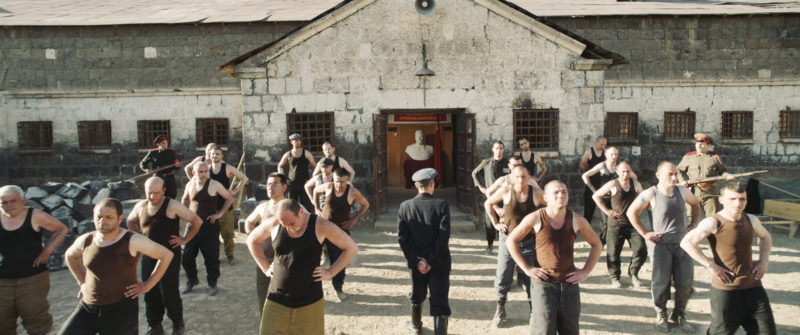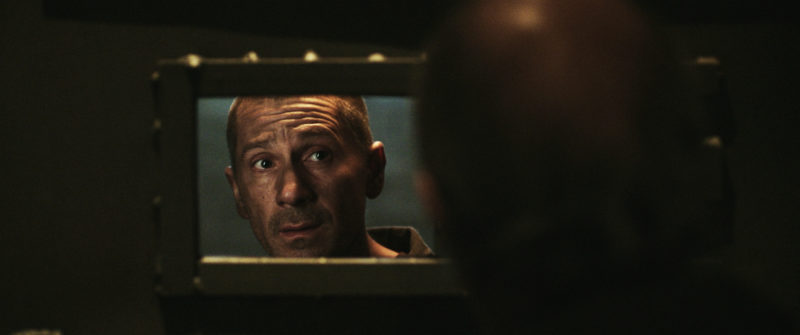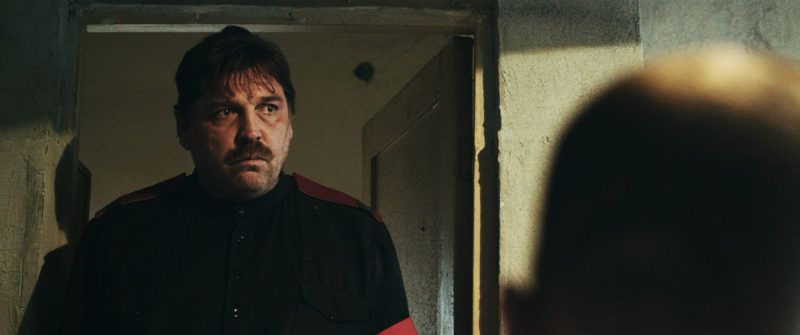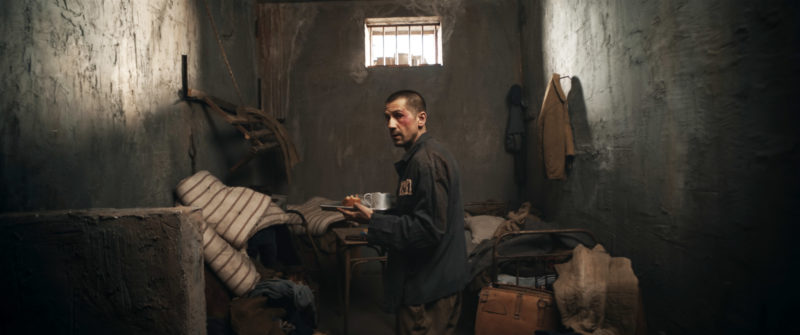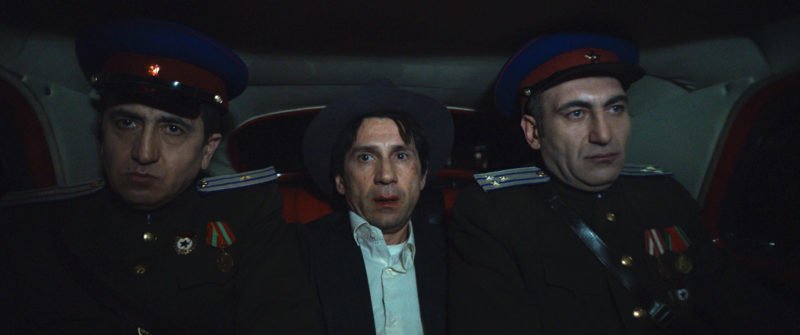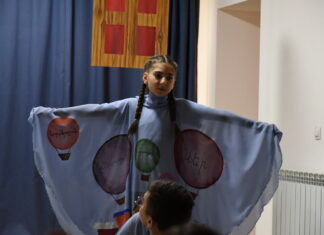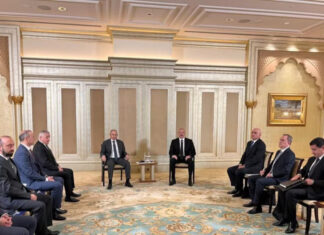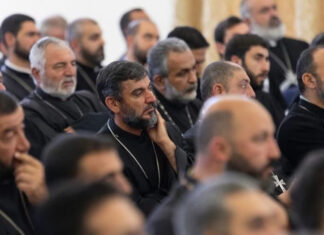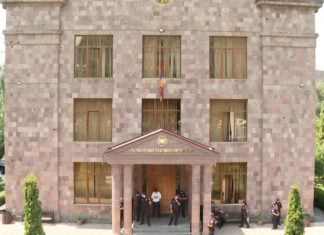WATERTOWN — A full-feature art film made in Armenia is a treat, as post-independence cinema suffered a decline from its status in the Soviet period. “Amerikatsi” (meaning “American” in Armenian) is a new trilingual film (with English, Russian and Armenian dialogue) that is the exception proving the rule. It is a nearly two-hour-long movie filmed in Armenia but with a cast drawn from around the world. It presents Soviet Armenia through the eyes of a fictional repatriate from the United States, an Armenian Genocide survivor as a child, in the late 1940s. He ends up in prison and views life unfolding outside only through a narrow hole in the prison wall.
Emmy-Award winning actor and director Michael Andranik Goorjian, based in San Francisco, wrote the script, directed the film, and starred in it as the main character, the repatriate Charlie. He said, “One of my main goals was to try to do something that would have a chance of reaching non-Armenians….All the terrible things in the past, yes, they are important and need to be talked about and dealt with, but we have so much art and culture and interesting things. These are the things that will help get the kind of attention you seek when you look to the rest of the world.”
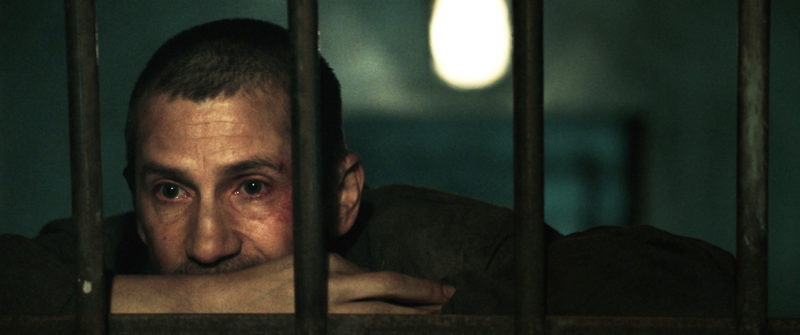
It took Goorjian a long time to come up with the right story. After his film “Illusion” came out in 2004, Armenians kept asking him when he would make a movie about Armenia. He said, “I have tried over the years. I have thought a lot about different things — maybe I could do this, maybe I could do that. That maybe was always there in the background, a longing to go and make a film there.”
He went to Armenia for the first time in 2006 and screened “Illusion” at the Golden Apricot Film Festival. This was a turning point in his thinking.
Rediscovering Armenia
He is Armenian on his father’s side, and he explained that his paternal grandfather raised his father and uncle to be Americans, because his grandfather wanted to leave behind the bitter parts of the Armenian experience. His grandfather was from village called Palu, and as a child he used to steal the local pasha’s horse for joy rides until the Turks came to the village and said they were looking for Manoog Goorjian in order to kill him in retribution. A Turkish family helped him hide and sneaked him out of town, and eventually he came to America, but the rest of his family were all killed in 1915. His wife, Michael’s grandmother, was from Erzurum. She survived the deportations along with a few relatives and made it eventually to Toronto where she met Manoog.
